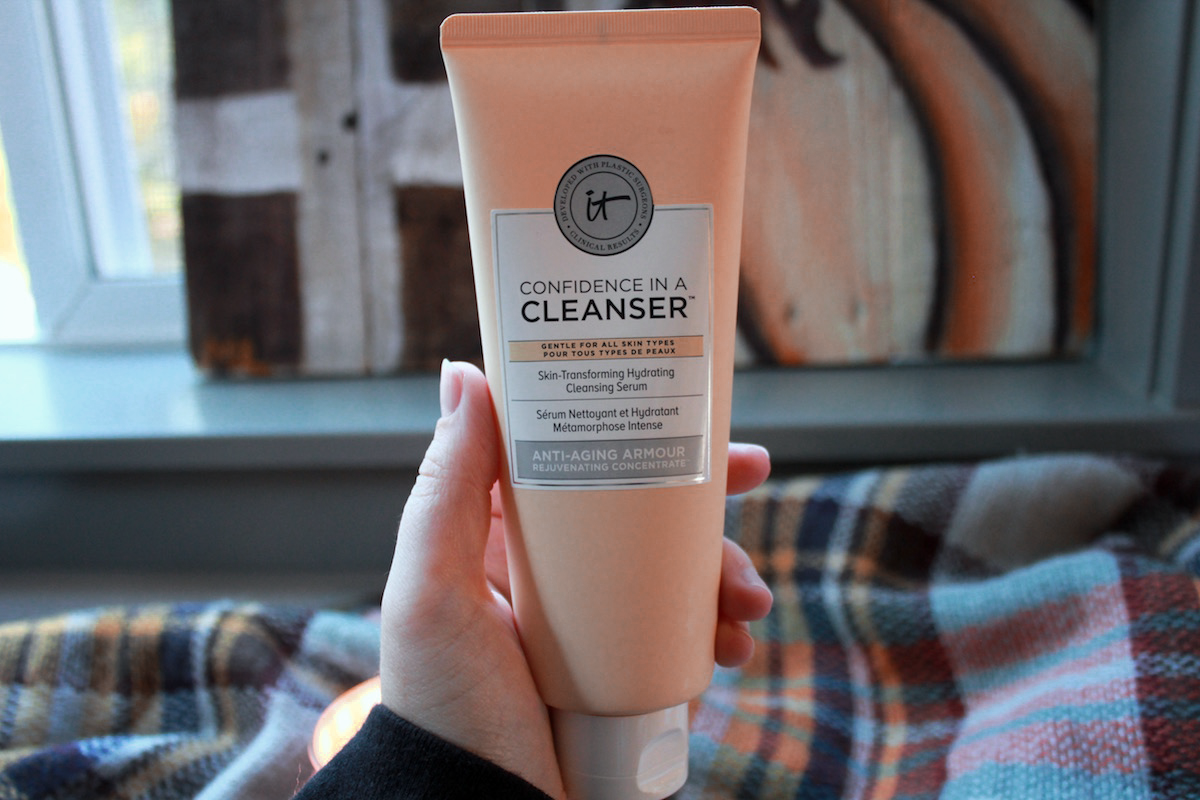Happy December!
You’ll be happy to know that this month’s wrap up will be significantly less maudlin than last months. A good thing too. November was a significantly better month than October in a lot of ways. I feel like I’m overcoming a lot of mental blocks when it comes to setting and achieving goals, and moving forward in my career.
Let’s jump into this wrap up!
1. I Switched Up My Instagram Content
You may have noticed a lot of changes over at my Instagram; I’ve been posting more about goal setting, the mental aspect of being laid off/starting my own business (?)/being a woman in the workplace, as well as taking time for myself and self-care and self improvement. These are all things I care about and think about a lot, but haven’t ever really talked about in my social media presence before.
If those are things you’re interested in too, give me a follow over on Instagram!
2. I Started Working On Daily Goals
One thing I’ve been realizing more and more lately is that I need a routine in place.
When Forrest was younger, I found it much easier to be very regimented and organized about my day. I did the same things every day and it helped ease my anxiety and improve my life. But in the last 18 months, my routines have really fallen apart; I was able to keep things organized for Forrest, but I felt like I never was 100% dedicated to a routine for myself. Danny and I stopped going to the gym as Forrest’s bedtime routine got more and more challenging.
In the past month, I started working on my daily goals: day-to-day, I set little goalposts for myself to reach. A few examples are making my bed every day (which helps me to feel accomplished), getting dressed every day, and making sure to go on a daily walk. Those are just a few things that help me organize my day and start building a routine. I’ve also started blocking out my time for my to do list and making sure I actually get things done—even if I have to force myself.
A big thing I’ve realized is that the burn out I’ve been feeling for a year or more has matched up with feeling like I don’t have a good daily routine in place. I’m hoping that the more I work on it, the more I’ll feel myself falling into a natural routine. And I’m hoping that adding in a good work out routine eventually will come a lot easier.
3. I Started Addressing my Lack of Confidence
Anyone who has read my blog for a long time knows one thing to be true: i’m pretty upfront about my lack of confidence.
I’ve always been a shy, soft spoken person. I don’t make waves. In therapy, we’ve been working on my need for external validation for nearly everything I do; I’m often overly concerned with the opinions of other people, worrying that what they think of me is more important than how I feel about what I’m doing. I mentioned a few weeks ago that I noticed this side of me getting worse after I graduated from college; when I didn’t have the validation of school and grades, I found myself really struggling with happiness and feeling confident.
Building emotional confidence and self confidence, particularly in my abilities and my work ethic, is a huge barrier for me in terms of achieving what I want to in my career. On one hand, I firmly believe that I’m good at what I do; on the other hand, I often hold myself back, not completing tasks and not following through, because I worry that it won’t be good enough, that other people won’t like it, or whatever.
I feel like I’ve really challenged that internalized belief this month and I’m excited to see how I continue to work on this.
Those were my 3 big November takeaways. We had a lovely Thanksgiving, obviously; we were supposed to go to Idaho, but ended up not being able to make it due to the Pass being totally snowed in! That was a huge disappointment, but we all coped as we could.
How was your November?













